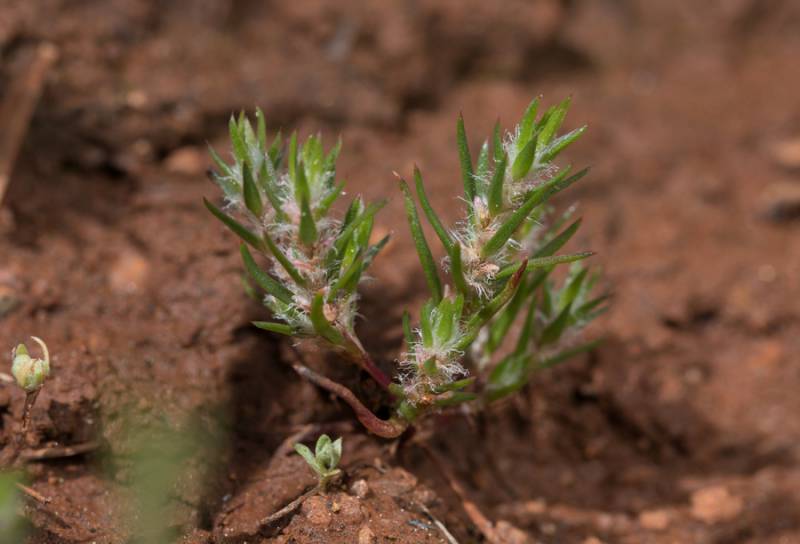Polygonum parryi
Polygonum paronychia
Parry's knotweed, prickly knotweed
beach knotweed, black knotweed
Alternate, simple, narrow, 1-2 cm long, with prominent midrib.
Small pinkish or whitish, 5-6 mm long, with 5 parts; in small clusters along stem.
Shiny black achenes 4-5 mm long.
Polygonum parryi
Polygonum paronychia
Occurring in the east end of the Columbia River Gorge in Washington; south-central Washington to California.
Occurring west of the Cascades crest along the coast; Vancouver Island, B.C., south to Monterey, California.
- Local floras:
CA,
OR,
WA
- Local Web sites:
CalFlora,
CalPhotos,
Flora NW,
PNW Herbaria
WildflowerSearch
iNaturalist (observations)
USDA Plants Database
- LBJ Wildflower Center
- SEINet
- Plants of the World Online
- Encyclopedia of Life
- Wikipedia
- Google Image Search
- Local floras:
BC,
CA,
OR,
WA
- Local Web sites:
CalFlora,
CalPhotos,
Flora NW,
PNW Herbaria,
Turner Photog.
WildflowerSearch
iNaturalist (observations)
USDA Plants Database
- LBJ Wildflower Center
- SEINet
- Plants of the World Online
- Encyclopedia of Life
- Wikipedia
- Google Image Search



